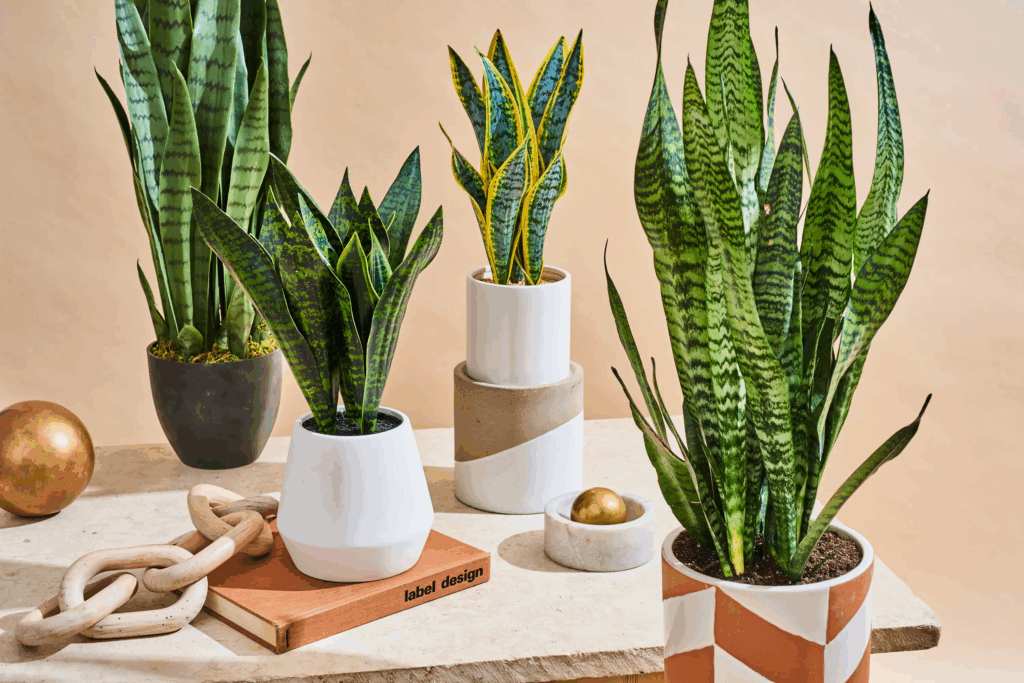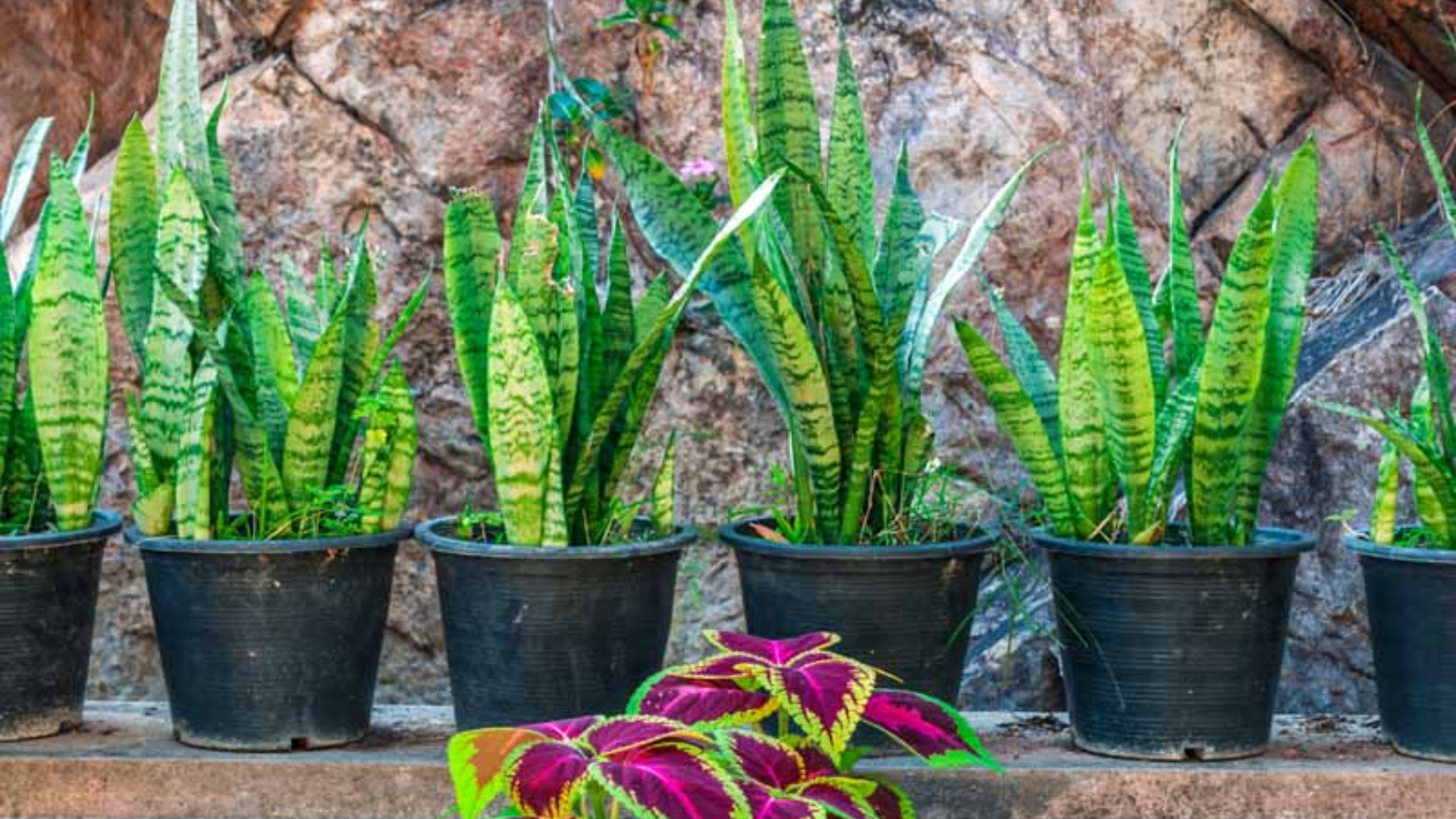By
Editorial Team
Last Updated: April 1, 2025
Reading Time: About 6 minutes
Having a healthy snake plant (Sansevieria) is a joy, but if your plant refuses to produce pups—or offshoots—it’s understandable to feel concerned. These baby plants not only add to your collection effortlessly but also indicate your plant’s overall health. If your snake plant seems stubborn and isn’t propagating as you’d like, read on. We’ll explore common reasons why it might not be multiplying and provide practical solutions to encourage pup production.
Why Isn’t Your Snake Plant Producing Pups?
Snake plants are generally hardy and slow-growing. However, a few key factors influence whether they send out those adorable pups. Once you understand what’s missing or going wrong, you can adjust your care routine for better results.
1. The Wrong Soil Is Stifling Growth
Are you using rich, organic soil? If so, your snake plant might be suffering rather than thriving.
Snake plants are resilient survivors that prefer well-draining, gritty soil. Overly rich soil retains too much moisture and deprives roots of necessary oxygen. This can cause root rot and divert the plant’s energy away from propagation. Essentially, when it’s overwhelmed by nutrients, it puts more effort into growing taller leaves rather than sending out pups.
What’s the fix?
Use a well-draining cactus or succulent soil mix. You can make your own by combining regular potting soil with perlite, coarse sand, or pumice. This airy mix allows excess water to drain rapidly, preventing root diseases. Test drainage by watering thoroughly and observing how quickly water exits—good drainage is key.
2. Lack of Temperature Fluctuations

Snake plants love a bit of temperature variation. While many houseplants prefer stable environments, snake plants thrive on temperature swings between warm days and cooler nights. These fluctuations signal the plant to grow and produce pups.
Indoor environments with constant 72°F (22°C) temperatures can suppress some of this natural growth cycle. Conversely, moving your plant outdoors during suitable seasons or creating artificial temperature swings can stimulate pup production.
Pro tip:
Open a window at night (when temperatures drop above 50°F/10°C) to introduce cooler air. Before the morning heat arrives, close the window. If outdoor movement isn’t feasible, slightly lowering your indoor thermostat at night can have a similar effect.
3. Under- or Overwatering
Watering is crucial. Too much water can drown the roots and cause rot, weakening the plant’s ability to produce pups. Too little, and it goes into survival mode, conserving resources and halting propagation.
Best practice?
Deeply water your snake plant only when the top 2-3 inches of soil are dry. Then, wait until it’s completely dry before watering again. Use a moisture meter or check soil moisture by inserting your finger—if it feels moist, hold off.
Remember: Less is more. Snake plants are drought-tolerant and prefer infrequent, thorough watering.
4. Improper Feeding
Nutrient deficiency or excess can both hinder pup growth. A lack of nutrients leaves your plant weak; too much nitrogen causes lush leaves but no pups.
Optimal feeding:
Use a balanced, diluted fertilizer such as 10-10-10 or 20-20-20 every two months during the active growing season. Focus on fertilizers rich in phosphorus and potassium, which promote root and rhizome development—the foundation for pups.
Pro tip:
Dilute fertilizers to half or quarter strength, and avoid feeding during cooler months when growth naturally slows.
5. Container Size Matters
Too spacious a pot? It’s a problem. If your snake plant sits in a large, roomy container, it might interpret that as ample space to expand roots, focusing energy on root growth rather than producing pups.
What’s the best approach?
Choose a pot only 1-2 inches wider than the root ball. This creates a slight root-bound situation that encourages the plant to send out pups instead of just growing taller or wider.
Tip:
Terracotta pots are a good choice—they are porous, allowing better airflow and moisture regulation.
6. Not Enough Light
Light is a trigger for growth—and pups. If your snake plant is stuck in low light or deep shade, it might be in survival mode. Gradually move it to brighter, indirect sunlight to stimulate growth.
How to do it:
Shift your plant slowly over several days to prevent stress. Once in brighter indirect light, it will likely begin to send out new shoots and pups.
Additional tip:
If outdoor placement is an option, place it in an open, north- or east-facing spot, avoiding direct midday sun which can scorch the leaves.
7. It’s Still Young
Patience is vital. If your snake plant is less than 2-3 years old, it’s likely still on its growth-building phase. Young plants focus energy on developing a strong root system and healthy leaves before shearing off pups.
What to do:
Be patient, keep caring for it with consistent watering, proper light, and nutrient support. Your plant will reach maturity and begin propagating naturally.
Final Thoughts: Turn Your Snake Plant’s Growth Around
Understanding these common hurdles can make a big difference. Adjust your soil, optimize watering and feeding routines, provide the right lighting, and create a slight temperature variation. With patience and proper care, your snake plant should soon start producing those charming pups, enriching your indoor garden.
Do you have questions or personal tips for nurturing your snake plant? Share them below—we love hearing about successful plant stories!
Remember, every plant has its rhythm. When in doubt, give it time and consistent care, and you’ll be rewarded with healthy pups before you know it.


ucuz backlink buyhacklink.com hızlı buyhacklink.com https://www.sakaryamedya.net/
look at this web-site https://web-foxwallet.com
This Site https://web-foxwallet.com/